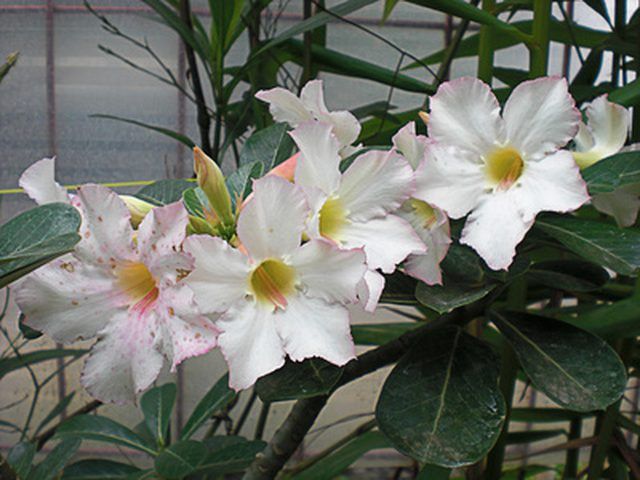Bulbs
Flower Basics
Flower Beds & Specialty Gardens
Flower Garden
Garden Furniture
Garden Gnomes
Garden Seeds
Garden Sheds
Garden Statues
Garden Tools & Supplies
Gardening Basics
Green & Organic
Groundcovers & Vines
Growing Annuals
Growing Basil
Growing Beans
Growing Berries
Growing Blueberries
Growing Cactus
Growing Corn
Growing Cotton
Growing Edibles
Growing Flowers
Growing Garlic
Growing Grapes
Growing Grass
Growing Herbs
Growing Jasmine
Growing Mint
Growing Mushrooms
Orchids
Growing Peanuts
Growing Perennials
Growing Plants
Growing Rosemary
Growing Roses
Growing Strawberries
Growing Sunflowers
Growing Thyme
Growing Tomatoes
Growing Tulips
Growing Vegetables
Herb Basics
Herb Garden
Indoor Growing
Landscaping Basics
Landscaping Patios
Landscaping Plants
Landscaping Shrubs
Landscaping Trees
Landscaping Walks & Pathways
Lawn Basics
Lawn Maintenance
Lawn Mowers
Lawn Ornaments
Lawn Planting
Lawn Tools
Outdoor Growing
Overall Landscape Planning
Pests, Weeds & Problems
Plant Basics
Rock Garden
Rose Garden
Shrubs
Soil
Specialty Gardens
Trees
Vegetable Garden
Yard Maintenance
Adenium Soil Requirements
Adenium Soil Requirements. Adenium obesum, commonly known as the desert rose, is a flowering succulent native to the soil of sub-Saharan Africa and the Arabian peninsula. The basic adenium soil requirements are a very well-drained and coarse planting soil. The plant easily dies from root rot if planted in regular garden soil or potting mix.

Adenium obesum, commonly known as the desert rose, is a flowering succulent native to the soil of sub-Saharan Africa and the Arabian peninsula. The basic adenium soil requirements are a very well-drained and coarse planting soil. The plant easily dies from root rot if planted in regular garden soil or potting mix.
Moisture Control
Keeping soil moisture low is an essential adenium soil requirement. C&O Nursery suggests these steps to control soil moisture: Build a raised bed in areas that might flood or where drainage is poor, use a free draining soil mix, select a site with full sun and good air circulation, and avoid planting in areas that have automatic sprinklers.
Coarse Soil
Adenium prefers lightweight, coarse soil with sand, gravel and grit. You can add organic coarsening material to the planting bed up to one-third of the volume of planting soil, according to Gardening Guides. To make the planting soil free-draining, use clean, sharp sand, poultry grit, gravel, horticultural charcoal or lava rock. However, avoid using organic mulches around the plant.
Succulent Potting Mix
You can use a commercial succulent or cactus potting mix as the basis for the planting medium for your adenium, even adding other ingredients to the mix to make it more free-draining.
Perlite
Perlite (or sponge rock) is a lightweight, coarse planting material that helps with water drainage and remains lightweight even when you use a lot of it. Adding perlite to the adenium planting soil up to one-third of the overall planting soil volume helps ensure that the adenium roots never sit in waterlogged soil and that tender young roots can easily penetrate the planting soil, according to Gardening Guides.
Considerations
During the first two to three years, young adenium plants grow rapidly if you give them adequate fertilizer, slowly reducing the amount as the plant becomes more mature.
Adenium in Containers
You can grow adenium in any container that allows adequate drainage. Water should drain through the soil in seconds after being applied, according to the Desert Botanical Garden.